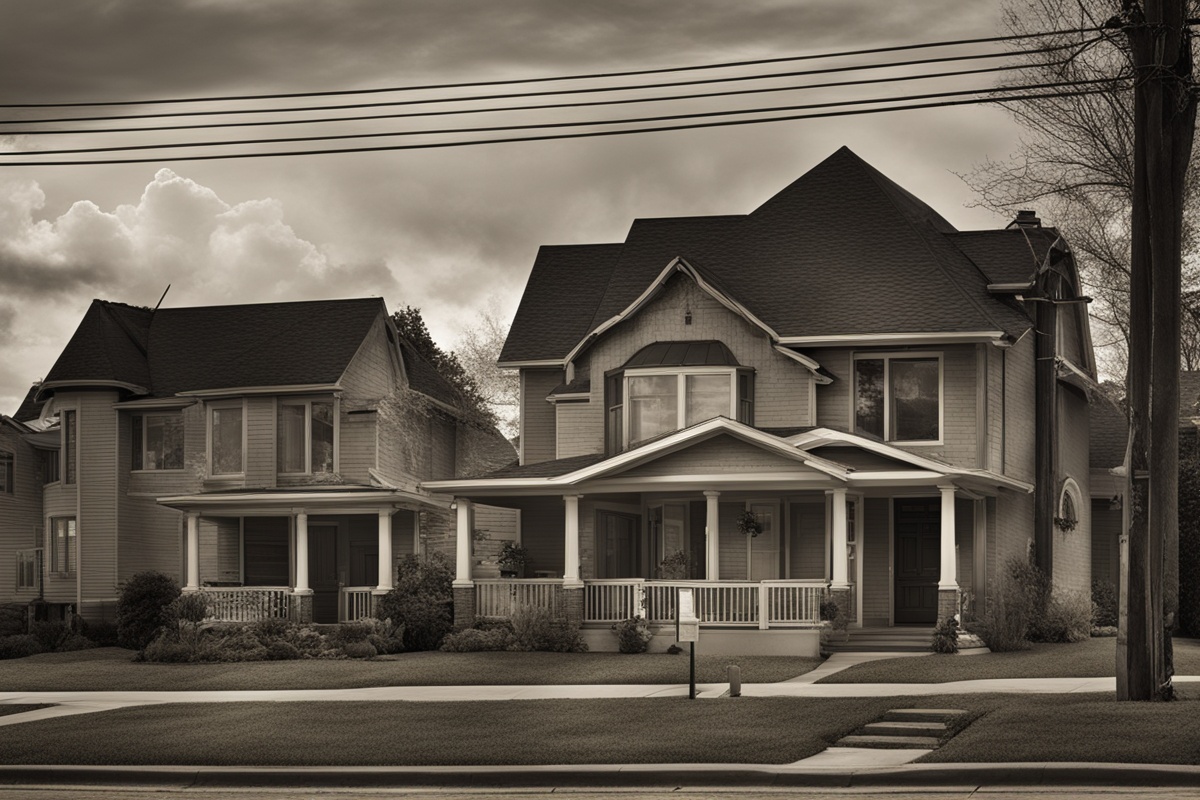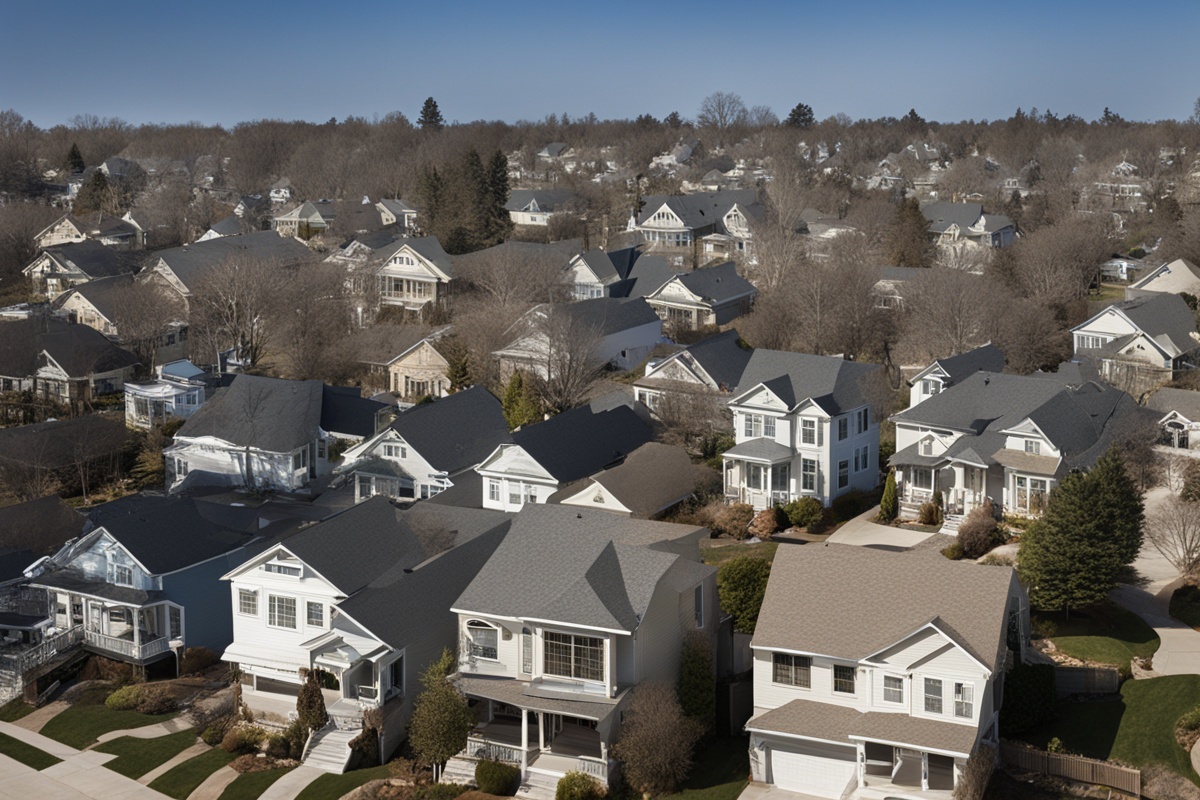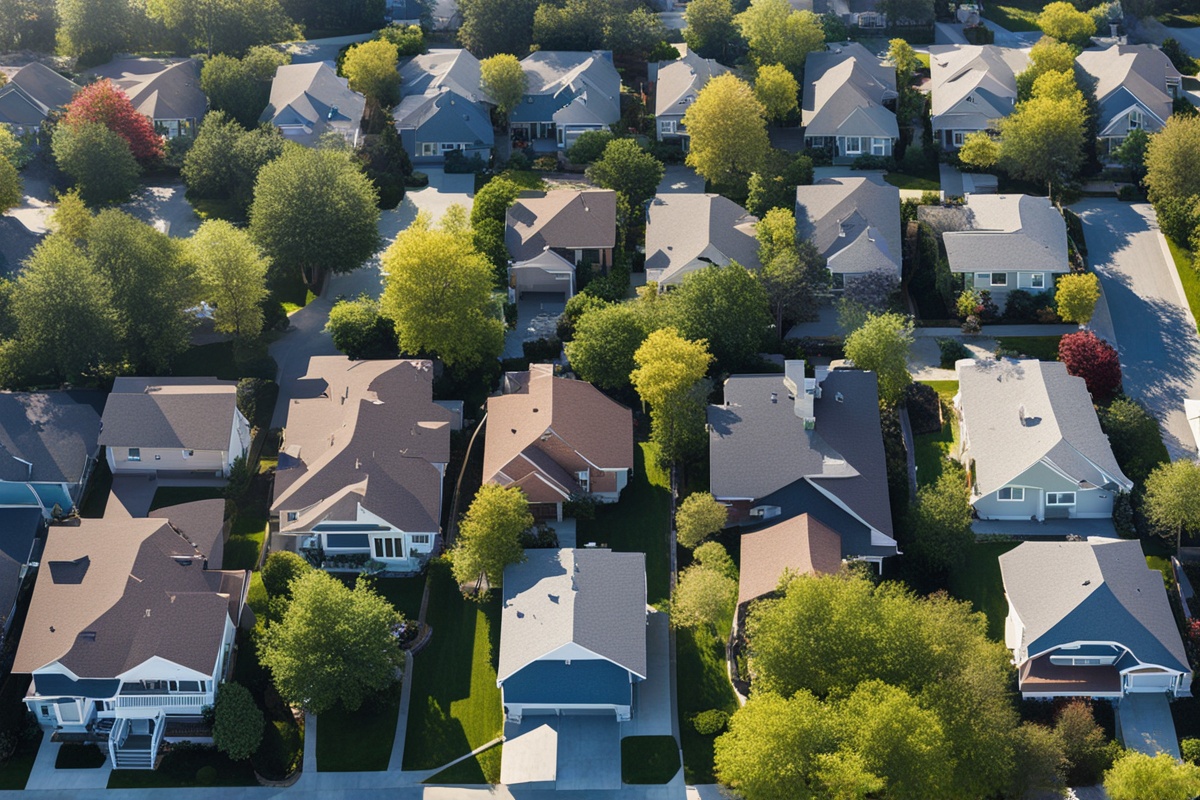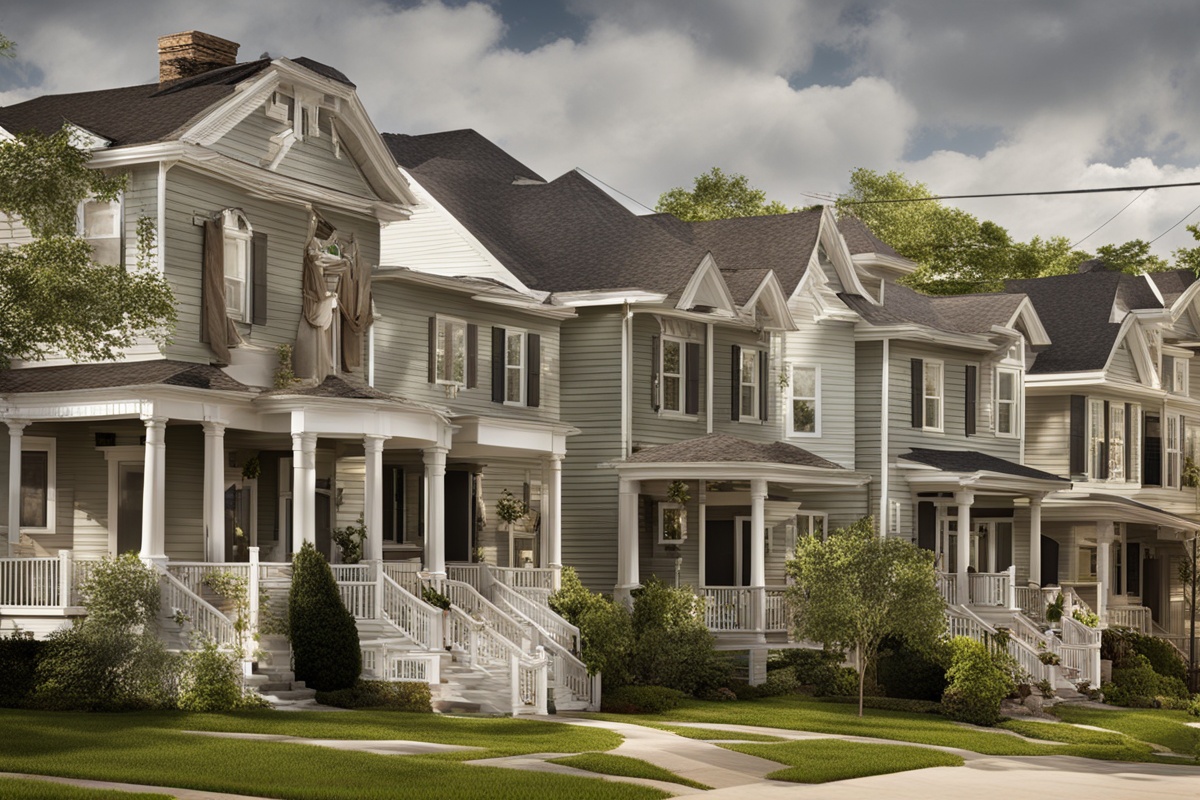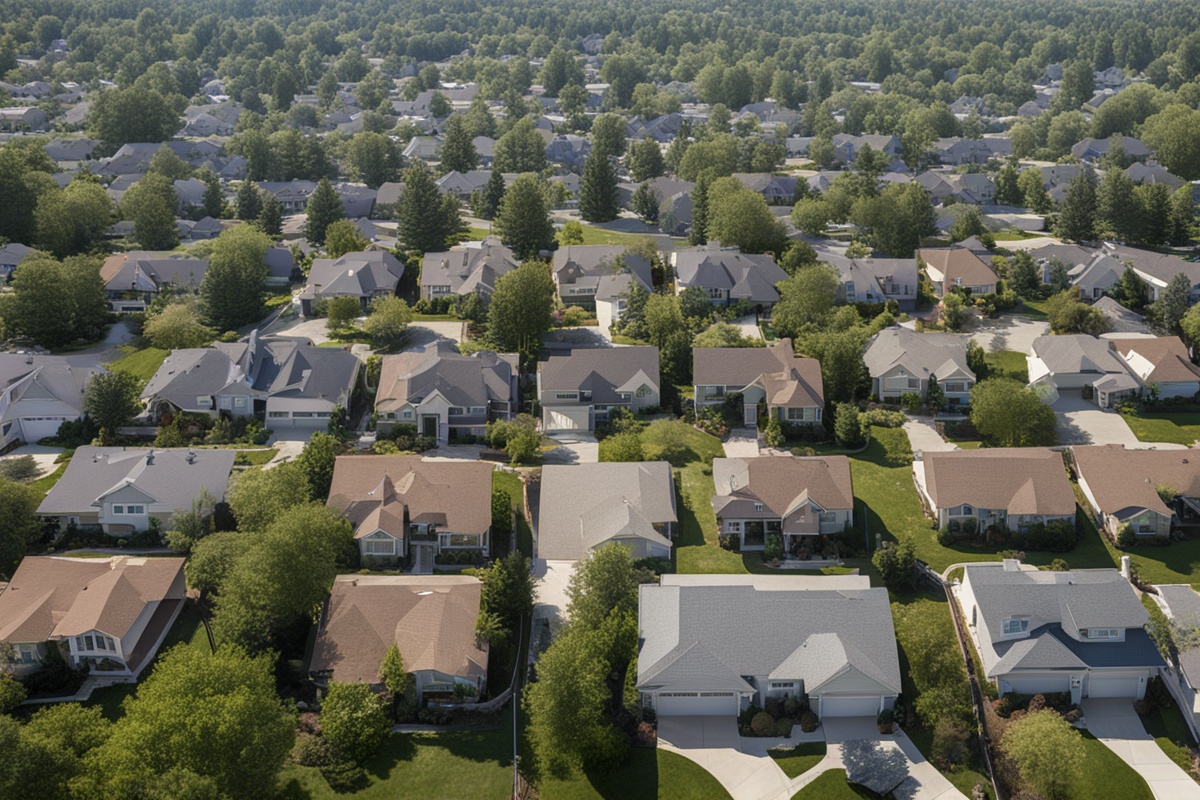Neighborhoods are the heartbeat of our communities, places where we build memories, forge connections, and find a sense of belonging. But what happens when disaster strikes, leaving behind shattered homes, broken spirits, and a long road to recovery? That’s where the power of inspiring neighborhood recovery efforts comes into play. Whether it’s a natural disaster like a hurricane or a human-made crisis like economic decline, communities that band together can turn devastation into hope. I’ve seen it firsthand—folks rolling up their sleeves, sharing resources, and rebuilding not just structures, but lives. In this post, we’ll dive deep into how these efforts work, why they matter, and how you can get involved to make a real difference.
Disclaimer: This article is for informational purposes only, based on general research and personal experience. It is not a substitute for professional medical advice, diagnosis, or treatment. Always consult a qualified healthcare provider for personalized guidance on health-related matters, especially if you or someone in your community is dealing with trauma or mental health challenges following a disaster. Additionally, for legal or financial recovery advice, seek out certified professionals in those fields to ensure you’re making informed decisions. My goal here is to provide inspiration and practical tips, but I’m not an expert in every facet of recovery—use this as a starting point, not a definitive guide.
The Power of Community in Inspiring Neighborhood Recovery Efforts
Let’s start with a simple truth: no one rebuilds alone. When a neighborhood faces a crisis—think floods, fires, or even prolonged neglect—it’s the collective spirit that pulls everyone through. Inspiring neighborhood recovery efforts often begin with a single spark, like a neighbor organizing a cleanup crew or a local business donating supplies. I remember a story from a small town hit by a tornado a few years back. One woman, despite losing her own roof, set up a makeshift soup kitchen in her garage to feed displaced families. That act of kindness snowballed—soon, others pitched in with food, blankets, even childcare for working parents. It’s a reminder that recovery isn’t just about bricks and mortar; it’s about rebuilding trust and togetherness.
Research backs this up. Studies show that communities with strong social bonds recover faster from disasters because they pool resources and emotional support. So, ask yourself: how well do you know your neighbors? Could you count on them—or they on you—in a pinch? Building those relationships now can be the foundation for resilience later.
Key Elements of Successful Recovery Initiatives
What makes some neighborhood recovery efforts more inspiring and effective than others? It’s not just luck or endless funding (though that helps!). From my perspective, having volunteered in post-disaster cleanups, there are a few core ingredients that stand out. First, clear leadership is crucial. Someone needs to step up, whether it’s a community organizer or just a passionate resident, to coordinate efforts and keep everyone on the same page. Second, communication is key—think group chats, flyers, or even old-school bulletin boards to spread the word about needs and resources.
Then there’s inclusivity. Recovery isn’t a one-size-fits-all deal. Imagine you’re a single parent with limited time or an elderly resident who can’t lift heavy debris. A good initiative makes space for everyone to contribute, whether through physical labor, fundraising, or simply offering a listening ear. Lastly, sustainability matters. Quick fixes are great, but long-term planning—like advocating for better infrastructure or mental health support—ensures the neighborhood doesn’t just survive but thrives. Check out our related post on building community resilience for more on creating lasting change.
Real-World Examples of Inspiring Neighborhood Recovery Efforts
Nothing drives a point home like real stories of grit and determination. Take the case of New Orleans after Hurricane Katrina in 2005. While government response was slow, grassroots groups like the Lower Ninth Ward’s neighborhood associations stepped in. Residents organized debris removal, rebuilt homes, and even fought for equitable redevelopment policies. Their efforts weren’t perfect—some areas still struggle—but they showed the world what community-driven recovery looks like. I’ve walked those streets during volunteer trips, and the pride in every rebuilt porch is palpable.
Closer to home, consider smaller-scale efforts. A few years ago, a neighborhood near me faced severe flooding. One local teacher started a crowdfunding campaign to replace lost school supplies for kids. Within weeks, they’d raised enough to help dozens of families, proving that inspiring neighborhood recovery efforts don’t always need to be grand—they just need heart. Want ideas for starting small in your area? Our guide on grassroots community projects has actionable tips to get you going.
Challenges and How to Overcome Them
Let’s not sugarcoat it—recovery isn’t a walk in the park. One major hurdle in inspiring neighborhood recovery efforts is resource scarcity. After a disaster, there’s often not enough money, manpower, or materials to go around. I’ve seen volunteers burn out fast when the workload feels endless. Then there’s the emotional toll. Rebuilding a home while grieving losses—whether it’s property, loved ones, or a sense of safety—is heavy stuff. And don’t forget bureaucracy; navigating permits or aid applications can feel like wading through molasses.
So, how do you push through? Start by setting realistic goals—tackle one block at a time instead of the whole neighborhood. Partner with local nonprofits or government programs for extra support; they often have access to grants or expertise. And prioritize mental health. I’ve found that something as simple as a weekly community check-in, where folks can vent or share wins, does wonders. For more on managing post-disaster stress, our article on mental health after a crisis offers deeper insights.
How You Can Spark Inspiring Neighborhood Recovery Efforts
Feeling fired up to make a difference? You don’t need to wait for a disaster to start inspiring neighborhood recovery efforts. Begin by assessing your community’s vulnerabilities. Are there aging homes prone to damage? Pockets of poverty that could worsen in a crisis? Get to know these weak spots now. Next, build a network. Host a potluck or a town hall meeting to brainstorm ideas with neighbors. Even if it’s just five people at first, that’s a start.
From there, take action. Organize a small project—maybe a community garden to boost local food security or a neighborhood watch to prevent crime during tough times. If a crisis does hit, be ready to pivot. Offer your skills, whether you’re good with a hammer or just great at organizing spreadsheets. And don’t underestimate the power of spreading the word—social media can rally support faster than you’d think. Remember, every little bit helps. As the saying goes, many hands make light work.
The Ripple Effect of Recovery Efforts
Here’s the beautiful thing about inspiring neighborhood recovery efforts: they don’t stop at fixing what’s broken. They create a ripple effect, strengthening communities for years to come. I’ve noticed that neighborhoods that rally together after a crisis often emerge with tighter bonds, better communication, and a renewed sense of purpose. Kids grow up seeing what teamwork looks like. Businesses invest more because they trust the community’s resilience. It’s like planting a seed—you might not see the tree right away, but the growth is inevitable.
Moreover, these efforts often inspire others. A single neighborhood’s success story can motivate a whole city or region to step up. So, why not be that catalyst? Whether you’re rebuilding after a storm or addressing chronic issues like blight, your actions today could shape tomorrow’s communities in ways you can’t yet imagine.
References
- National Center for Biotechnology Information: Social Capital and Community Recovery Post-Disaster – A study on how social bonds accelerate recovery after crises.
- FEMA: Community Recovery Resources – Official guidance on organizing and sustaining neighborhood recovery efforts.
- American Psychological Association: Recovering Emotionally from Disaster – Insights into the mental health challenges of recovery and strategies to cope.
- United Nations: Climate Recovery and Community Resilience – Global perspectives on sustainable recovery practices.
This content is for informational purposes only and not a substitute for professional advice.

